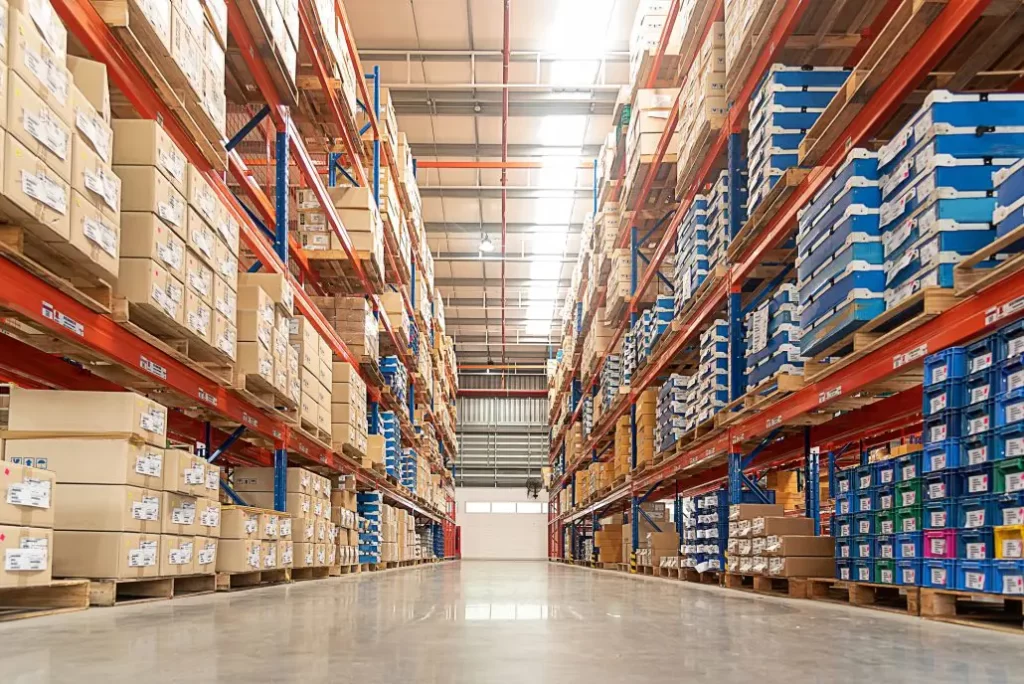Maximizing Space and Efficiency with Industrial Warehouse Shelving
Industrial warehouse shelving is a critical component of any logistics and storage operation, playing a pivotal role in maximizing space and efficiency. In a world where efficient supply chain management is essential for business success, the right shelving system can make all the difference. These systems are designed with the primary goal of optimizing storage capacity while ensuring easy access to goods, ultimately reducing operational costs and improving overall productivity. One of the key advantages of industrial warehouse shelving is its ability to make the most of available space. With soaring real estate costs and the ever-increasing demand for storage, efficient space utilization has become a paramount concern. Industrial shelving systems are engineered to fit into every nook and cranny of your warehouse, is it narrows aisles, high ceilings, or irregular layouts. They come in various designs and configurations, such as selective pallet racks, pushback racks, drive-in racks, and mezzanine systems, each tailored to suit specific needs and maximize every inch of your warehouse.

Additionally, the adaptability of these systems allows for easy expansion or modification as your business grows, ensuring your storage solution remains flexible and scalable. Efficiency is the second pillar of industrial warehouse shelving. In a bustling warehouse environment, accessibility to goods is crucial. Industrial shelving is designed to facilitate quick and efficient inventory management. The high-density storage options offered by these systems enable businesses to organize products in a logical and accessible manner, reducing the time and effort required to locate and retrieve items. Shelving units can be equipped with labeling systems, go here barcode scanners, and automated picking solutions, all of which enhance accuracy and speed during the order fulfillment process. This not only reduces labor costs but also minimizes the risk of errors, ultimately improving customer satisfaction.
Moreover, safety is a paramount concern in any industrial setting, and warehouse shelving systems are designed with this in mind. These systems are engineered to withstand heavy loads and provide stability to prevent accidents and injuries. Additionally, regular inspections and maintenance ensure that the shelving remains in safe working condition. In terms of sustainability, industrial warehouse shelving can contribute to a more environmentally friendly operation. By optimizing storage space and reducing the need for additional warehouses or storage facilities, businesses can minimize their carbon footprint. The materials used in shelving systems can also be chosen with sustainability in mind, favoring options that are durable, recyclable, or made from recycled materials. Furthermore, efficient storage leads to fewer instances of damaged or wasted goods, resulting in less waste and a smaller environmental impact. In conclusion, industrial warehouse shelving serves as the backbone of efficient and space-maximizing logistics operations. By utilizing the available space to its fullest potential and streamlining the accessibility of goods, businesses can significantly improve their bottom line and customer satisfaction. Furthermore, the safety and sustainability aspects of these shelving systems make them an indispensable asset in the modern warehouse ecosystem.